Thursday 18 – Wednesday 24 May 2017 / Sunday 28 – Tuesday 30 May 2017
Another of China’s megacities, the population of Beijing is 21.5 million, just slightly lower than Shanghai’s 24.15 million. In contrast, I live in Scotland where the population is a little over 5 million. Beijing is a huge city with an area of a whopping 16,808 km². My wee city of Edinburgh is only 264 km²! I find the stats of Chinese cities mind blowing. However, the metro is great so getting around this huge city is pretty easy.
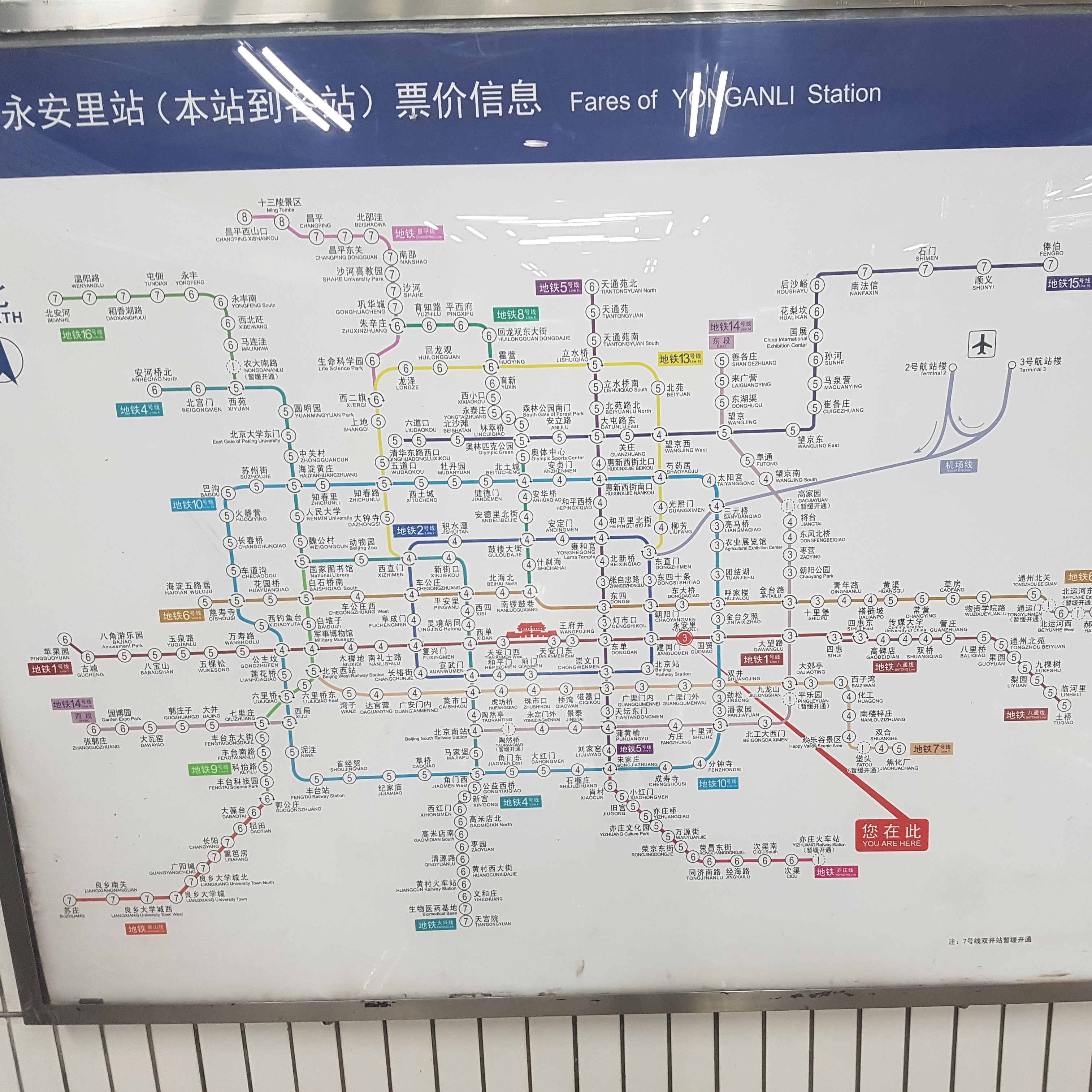
Hotels
Our time in Beijing was split into six nights, a side trip to Xi’an and Pingyao, and then three nights before flying home. The first hotel we stayed at was Beijing Prime Hotel Wangfujing, booked on Booking.com and a total cost of CNY 3,226 for a double room for six nights. I didn’t realise when booking, but Wangfujing is a good area to stay in (see below). The hotel was really nice and very reasonable for the cost. When I checked in I had a slight problem with the guy on the check in desk telling me that the room I’d booked wasn’t available and saying he would have to ‘upgrade’ me to a different room for one night before moving me to the correct room a few days later. I really couldn’t be bothered moving rooms after switching hotels a few times so stood my ground saying that it should be available as I had booked it. Eventually a room magically appeared, I think because he didn’t want any hassle.
When we got back to Beijing we stayed in Shichahai Shadow Art Performance Hotel, which was a lovely little hotel in the hutongs. They offered dumpling making classes and shadow art shows (really impressive!). The hotel was also a shadow art studio and each room had art work on the walls. The actual room was quite small in comparison to other rooms in China (I was surprised at how huge some of them were!) and our window was actually out to the hall but I’d highly recommend it if you’re looking for somewhere small and more personal that the skyscraper hotels. The cost was CNY 908.48 for a double room for two nights.
When looking for hotels in Beijing, I recommend planning where you want to visit in the city and using the metro map to decide where it would be best to be based. Changing metro line can take a while as there is a lot of walking in between.
Top things to do in Beijing
In total, I spent eight nights in Beijing (David arriving on day 4). I was only working for two days so had lots of time to explore China’s capital city. I didn’t realise quite how much we’d managed to squeeze in before writing this blog post! I’ve put together some details on the top things we saw while in Beijing. This is in no particular order but if I was to rank one place as #1, it would definitely be The Great Wall of China. Although not technically in Beijing, it was (perhaps unsurprisingly) phenomenal.
Wangfujing Snack Street
My first hotel was on Wangfujing Street which I was told was good for places to eat, so after I dumped my bags, I headed out to explore. I walked from my hotel to the Wangfujing pedestrian street in about 20 minutes. On one side of the street there was an alley to a bustling market.
Excited to check out a Chinese market, I dove in, soaking up the atmosphere and snapping away photos of the food on sale. I spotted hawthorn fruit on sticks that my Chinese teacher had told me to look out for. Apparently hawthorn fruit had a lot of health benefits, however these were covered in syrup so probably not quite so healthy!
Moving further into the market, I spotted the little scorpions on a stick that I had seen photos of before my trip. As I got closer, I noticed that the scorpions were still alive, skewered on a stick, wriggling about. I hadn’t expected this and was shocked and disgusted at how cruel this was. Surely people don’t actually like eating these and they are just there as a tourist attraction.
Wandering further into the market, there was lots of meat, like little chicks, for sale. Right at the end of the street I saw a stall selling stinky tofu. When I first heard about this, I’d assumed it was something I could try, as a vegetarian. However, it turns out that stinky tofu does contain meat. The stall was quite entertaining as the stall holders were singing a song each time someone ordered. But, as the name hints, it smelt bad.
Aside from the potato torpedoes (like crisps/potato chips on a stick), hawthorn fruit and vegetable spring rolls, Wangfujing Snack Street wasn’t a very vegetarian-friendly place. For the sake of buying something, I got a spring roll which was really cheap, but also really greasy. So, I am surprised I’m saying this, but I don’t recommend Chinese markets for food, especially if you don’t eat meat.
Wangfujing Street
Away from the Snack Street, Wangfujing Street is a nice place to visit, particularly at night when the big advertisements light up the street. There’s a few huge malls with tons of restaurants and shops and lots of square dancing to stand and watch! Between Wangfujing Pedestrian Street and my hotel there were two square dancing groups and one group of couples ballroom dancing. It took me ages to walk back to the hotel as I loved watching them.
Silk Street Market
I had some time to explore Beijing before David arrived and decided to visit Silk Street Market, knowing it wouldn’t interest him. I expected a large area with temporary market stalls, as the name suggests. And it used to be like this until 2005, when it was moved indoors and is now more like a mall.
There are eight floors and everything on sale from silk (of course) to toys and electrical supplies. I had a walk about the market, not browsing too closely as the market sellers would try to talk you in. I’m not a big fan of haggling or pushy sellers so probably not the best place for me. I imagine if you want to buy a cheap, fitted suit or some silk, it would be a good place to browse.
There were a few nail bars which I considered but decided against it and headed for the top floor which had a food court. There were lots of food options, all pretty cheap and they mostly had photos so it was easy for those who don’t speak Chinese. I decided on some vegetable dumplings and loved watching the lady make them for me!
There was lots of big pictures of famous people who have visited the market in the past – from George Bush to Boris Johnson!
Tiananmen Square
Tiananmen Square was one of my ‘oh my god, I’m in China!’ places to visit. It was also one of the places that brought the Chinese government’s extreme censorship to life. As China doesn’t have access to Google (unless you have a VPN set up – see my Shanghai blog for more info), the main search engine in the country is Baidu. If you search ‘Tiananmen Square massacre’ on Baidu, the first results tell of how the massacre was a myth made up by western media.
While we were visiting the Square remembering this so called myth, Chinese visitors were there to see a site of cultural significance to their country. Politically, it’s a very important place for China and was where Chairman Mao declared the foundation of the People’s Republic of China.
There is a lot to see – looking north, there is the Chinese flag which is raised at sunrise and lowered at sunset. We considered going to see this but decided against getting up so early (sunrise was before 5am). In front of the flag, and across a busy street is the entrance to Tiananmen (meaning the Gate of Heavenly Peace) Gate, with the famous portrait of Chairman Mao watching over the Square. To the east is National Museum of China and to the West is the Great Hall of the People. To the South of the Chinese flag are the Monument of the People’s Heroes, Chairman Mao’s Memorial Hall, Zhangyenmen Gate and Zhangyenmen Archery Tower.
We had a wander around the Square (stopping for a few Chinese people who requested photos!), looking at the buildings and soldiers marching around. There were a lot of soldiers around and I don’t think any sort of protest would stand a chance. We were definitely behaving ourselves anyway!
We weren’t at the right time to go into Chairman Mao’s Memorial Hall (it’s only open at specific times so check before you go if you’re keen to see his embalmed body). We stumbled upon a very subtle ticket office and Zhangyenmen Gate (a very impressive building) and decided to go up into it for views across the Square. It was quite cheap and showed (some of…) the history of Tiananmen Square and the Zhangyenmen Gate.
If you don’t fancy any of the museums, etc, the Square is definitely still worth a visit for a walk around and people watching. We saw some hilarious Chinese tour groups with very strict tour guides shouting at the people while taking each of their photos from all angles of the Square! Watch out for the people wanting to take your photo and sell it to you.
There are two metro stops for Tiananmen Square (East and West) and it is very easy to find from the stations. Before entering the Square, you need to go through security. Once I walked right through, and the second time we had to queue for ten minutes. You can also get to the south end of the Square at Qianmen Station which is likely to have less tourists.
Qian Men
We decided to go in search of one of the places to eat in our Lonely Planet Guide which brought us to Qian Men Street, which was lovely! It’s a big pedestrian area directly behind Zhangyenmen Archery Tower, so it’s easy to visit after Tiananmen Square.
There’s lots of places to eat and shop including the big international brands like H&M. We spotted a few Peking duck restaurants.
The place we ate was Liu family “knife-shaved” noodles which served really tasty, big bowls of noodles, for a cheap price. The owner spoke English and was very welcoming. It was about 10 minute walk from Qian Men Street.
Forbidden City
I recently saw a travel blogger suggesting that Forbidden City is not worth actually going into and it’s better just to see it from the outside. While I wouldn’t count the Forbidden City as one of my Beijing highlights, I think it’s worth a look if you’re in the city. Plus it is right beside Tiananmen Square.
As with most things in China, it was massive and is the world’s largest palace complex. We didn’t spend a lot of time there to take things in in great detail but walked through the Forbidden City, admiring the buildings which 24 emperors used as their imperial palace.
You enter at the south of the Forbidden City and exit at the north, quite far from where you start so make sure you do Tiananmen Square etc first. Avoid the queue by going to Zhongshan Park first (see below).
Zhongshan Park
Right beside the Forbidden City, to the west is Zhongshan Park. We didn’t plan to visit the park but David spotted it before we went into Forbidden a city and suggested popping in for a break from the sun and crowds.
It was a lovely park, really cheap to enter and I’d recommend it for a bit of down time between attractions. There’s a few interesting buildings to see, one strangely full of fish tanks and at the northern end of the park there is a lake.
After walking through the park, we were able to cut through a gate into the ticket area of the Forbidden City. I’m not sure if this saved us much time but we avoided any queues passing under the portrait of Chairman Mao.
Summer Palace
Our last few days in Beijing happened to fall over the Dragon Boat Festival holiday. We knew all the attractions would be busy but we weren’t going to waste any of our days in China hiding from the crowds so decided to take a trip to Summer Palace.
Summer Palace is nine miles from the centre of Beijing and easily accessible by the metro. Once you get out of the metro station, there is a walk of about 10 minutes to the entrance. If you don’t fancy walking, there are lots of drivers in McDonald sponsored tuk tuks waiting to charge you a small fee for the journey.
Summer Palace is a UNESCO World Heritage site and was built for royal families to relax in. It is the biggest and best preserved royal park in China, having being destroyed and repaired a few times over the years.
Like everything in China, the park is huge (I know I keep saying this but it took me a while to get my head around the scale of everything!). There’s loads of different parts to see – such as the Tower of Buddhist Insense and Dehe Gardens. You can buy either a basic entrance ticket, a combination ticket to include all the areas or separate tickets for each area. We decided to just go with the basic garden ticket as we could see how busy the place was.
Inside the gardens, we walked around but it was SO SO busy that it was hardly enjoyable. Some of the walk ways were in a one way system as there were so many people. I’m not sure if the one way systems are always there or if it was just for the busy holiday period.
We spent a while admiring the view across the water with families out on hired boats, enjoying the holiday together.
Eventually we decided to escape the crowds and leave Summer Palace. There’s a collection of restaurants near the metro station at a place called Starry Street. We stopped there for lunch before heading back into the centre of Beijing.
Hutongs (and craft beer)
Hutongs are the traditional streets of Beijing, with narrow alleyways and courtyard houses. Similar to the lilongs in Shanghai, I imagine that they have a fantastic community atmosphere.
There are hutong tours that you can go on but we decided against one of these as our second hotel was actually in the hutongs. The Hutong we stayed on was on Shongshu Street and we were wandering around the hutongs to come and go. Walking around the narrow streets felt like we were in real China, with real Beijingers, away from the huge skyscrapers.
There’s constantly people scooting and cycling about and also driving cars despite the lack of space. On one of our last days I commented on it being strange how quickly you get blasé about an entire family passing by on one scooter.
The hutongs felt really safe and we had no issues walking around them after dark. The main issue was that taxi drivers didn’t really know where any of the streets were. We got a taxi to our hotel and the driver (who eventually picked us up after a few refusing to take us) had to stop a few times and ask locals if they knew where the street was.
David wanted to visit a craft beer bar (Great Leap Brewing) and we showed the address to a taxi driver. He didn’t know where it was but instead of refusing to take us, he helpfully phoned the bar and got directions. The taxi driver dropped us off at the end of the hutong, on a busy street, pointing us in the direction. Using a map on my phone, we walked in the direction he pointed, feeling sure he’d sent us in the wrong direction. Walking down a dark, quiet alley, we were about to give up when out of nowhere, a bustling court yard appeared full of people (mainly foreigners) drinking craft beer! After a few beers, we left at closing time and felt totally safe walking back through the dark alleys towards the busy road. A local we passed by actually said hello and welcomed us to China!
Honhai Lake
On our last day in Beijing we decided to wander along to see Honhai Lake, which was at the end of the hutong we were staying. The area is very picturesque, with lots of ducks around. We hired a boat for an hour and went out on the water.
The boat had a sign to say to try to avoid the swimmers, which we found a bit surprising – until we spotted all the people swimming in the lake! This seemed a little odd in a city lake but each to their own. Then we started to spot dead fish floating in the water and decided that the swimmers were a bit nuts as the water didn’t seem too clean!
Dead fish aside, this is a really nice place to visit and it was pretty quiet (SO quiet in comparison to Summer Palace). If you ignored the slightly hazy skyscrapers in the distance, you could pretend you weren’t in one of the world’s busiest cities!
Chaoyang Theatre’s acrobatic show
One thing I was really keen to see in China was a Chinese acrobatics performance. We decided on Chaoyang Theatre’s acrobatic show in Beijing and – wow – we were not disappointed! We bought tickets in advance online but the seats were only about half full so probably didn’t need to.
Loading up on popcorn and Pepsi, we took our seats a few rows from the stage. The audience was mainly made up of fellow foreigners and there was an American family sitting beside us.
As expected, the show was amazing and I would highly recommend it. One of the final acts was a huge metal sphere and two guys on motorbikes drove around in it. Our mind was already blown by how they managed to do this safely…but by the end of the act, there were eight motorbikes in there! It was all very impressive and a good night out if you’re in Beijing. I think it is on three times a day (which would explain why half the seats were empty).
The Great Wall of China
If you are going to Beijing, you must make an effort to visit the Great Wall! There are a few sections accessible from Beijing as a day trip. We pondered a while between the Mutianyu section and Badaling section. The Mutianyu section sounded slightly more appealing and quieter but in the end we decided on Badaling as it is accessible by public transport. So instead of paying about £100 for a driver/taxi to take us, we paid a few pounds each way (CNY 12 per person). I’m sure that a private car would be a lot more comfortable (the bus was packed and had no legroom) but the taxis get stuck in the same traffic so you wouldn’t get there much quicker. The Travel China Guide website has a great detailed guide of how to get to each section.
When we arrived at the Great Wall, we were surprised to walk through a bear park before getting to the wall. Some unhappy bears in enclosures seemed hugely unnecessary – the millions of visitors would come to see the Wall without them.
There’s a few options for getting up to the Wall – walking, gondola or pulley. The pulley seemed like the most fun option (and I’d given up my dream of going down by tabogan at Mutianyu) so we bought tickets and went up. The pulley was really old and run down looking and crept up slowly to the Wall. It was quite amusing though and easier than walking!
I’d been expecting the Great Wall to be impressive – it’s the Great Wall of China after all! When we got off the pulley and stepped onto the Wall I was totally blown away. You really have to visit to appreciate the sheer scale of the wall, stretching as far as you can see in both directions. It is also in a really beautiful setting, in the lush green hills, miles from the skyscrapers of the mega cities.
The Badaling section was busy but I think busyness at Chinese attractions is part of the experience. However, I’d definitely avoid visiting during any Chinese holidays if you can.
One thing I didn’t expect was quite how steep the Wall would be – make sure you wear sensible shoes!
Drum tower
I am a big fan of drumming (I did a Taiko drumming class a few years ago – inspired by our trip to Japan) so the Drum Tower was a must see for me! The Drum Tower is in the same place as the Bell Tower, facing each other at the opposite ends of an open area on Zhonglouwan hutong. The Beijing Drum and Bell Towers were once used to announce the time in the city, until 1924. The have been rebuilt twice since they were originally built in 1272.
After paying admission (CNY 20), we went through the gates and walked around the outside area, which had a poster-type exhibition about time and the division of time. The posters were quite interesting to read:
“Time steps forward in a definite order. Time is an arrow, from past to future. Future can turn into past. But past can’t change into future.”
There are hourly drumming performances at the top of the Drum Tower (find times at China Highlights). Luckily we allowed plenty of time to go up to the tower as the stairs were SO steep, and we got stuck behind a toddler! If you have any issues with walking or stairs, I really wouldn’t recommend visiting as the tower would be inaccessible.
At the time of the performance, the drummers walked out and stood by their drums. There was one main drummer, with the biggest drum, and two drummers at either side, with smaller (but still big) drums. I really enjoyed the performance, which lasts for about 20 minutes, and would recommend a trip to the Drum Tower (if you can do the stairs).
Other sites in Beijing
If you’ve visited Beijing (or are planning a trip), would you recommend any other sites that I’ve missed? Comment and let me know!
Check out my other Chinese blog posts on arriving in China, Shanghai, Tianjin, Xi’an, Pingyao and what to expect in China.
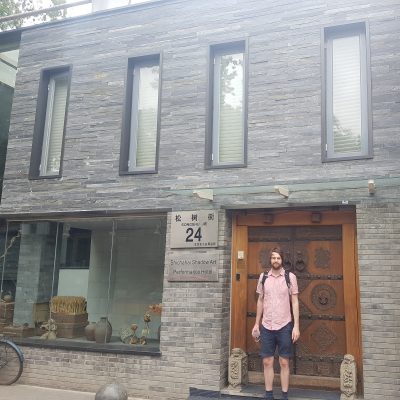
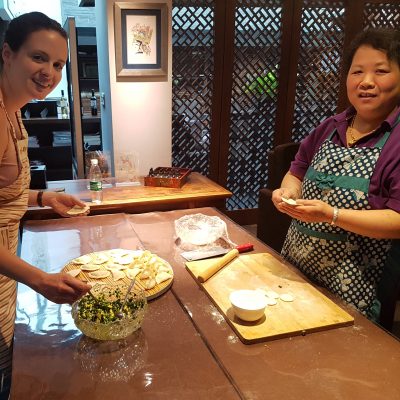
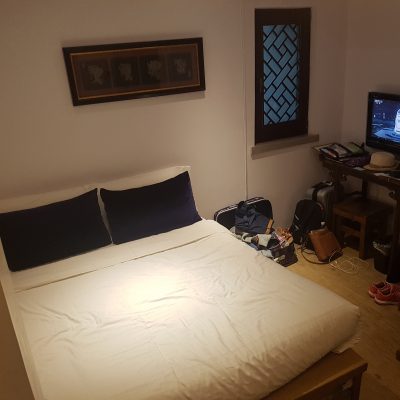
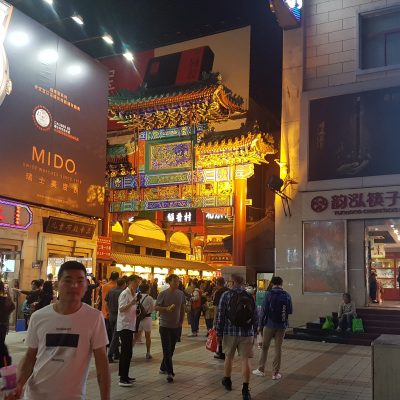
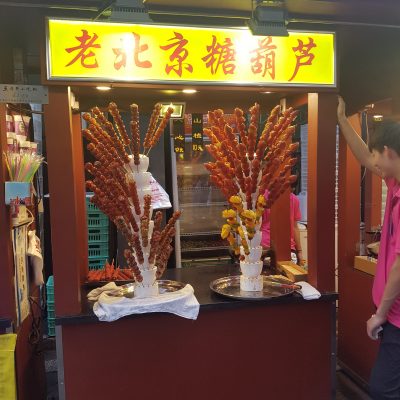
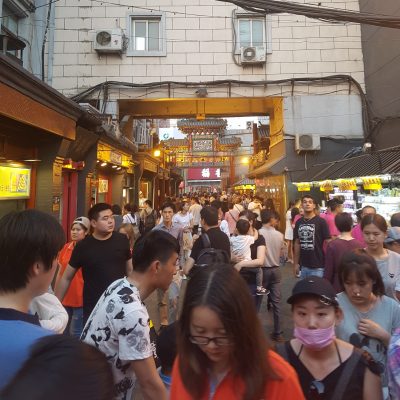
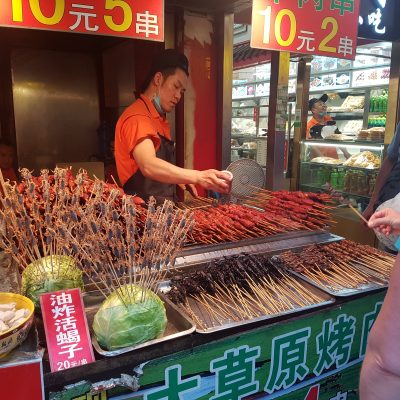

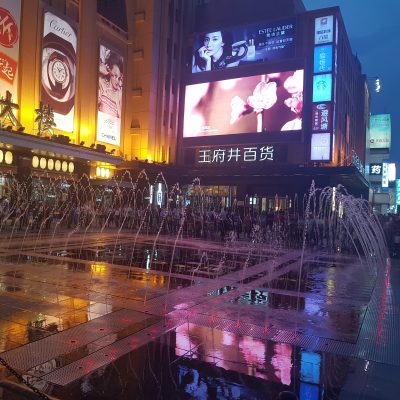
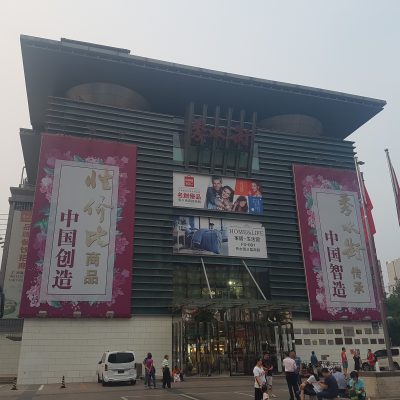
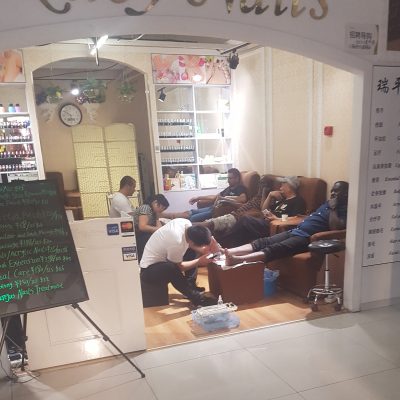

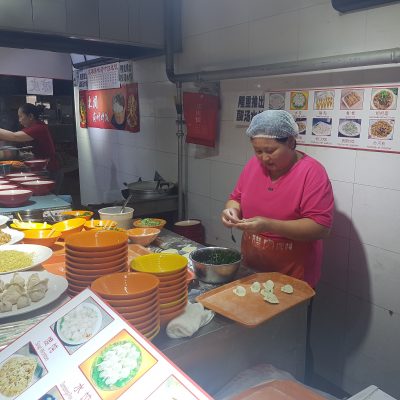
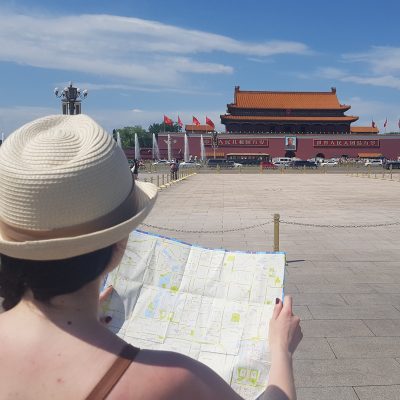
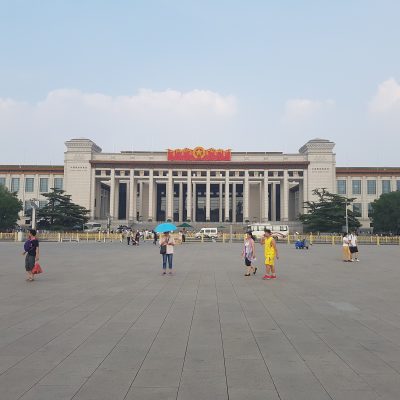
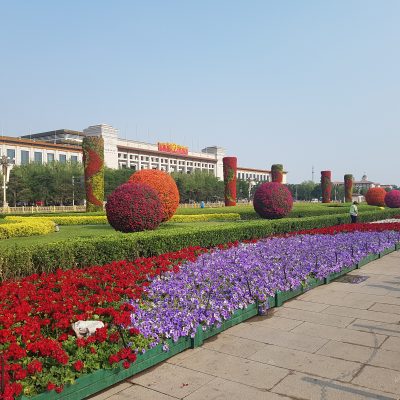
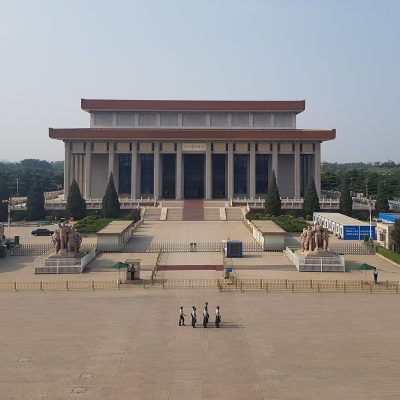
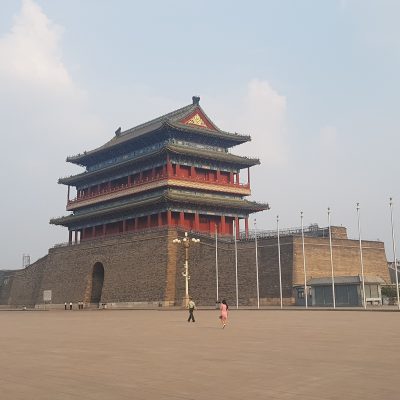

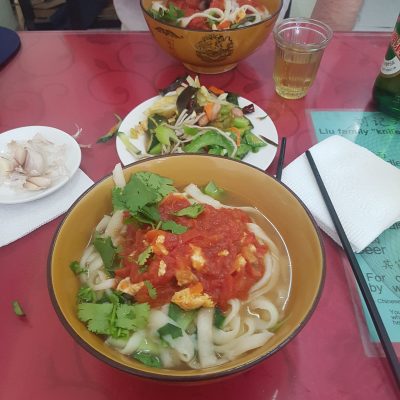



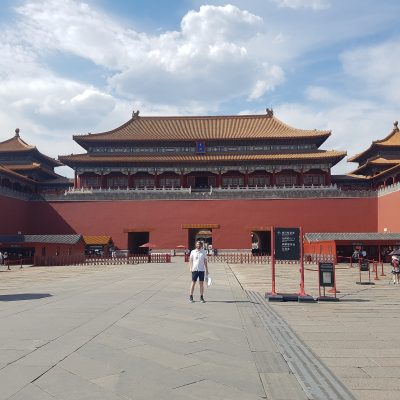



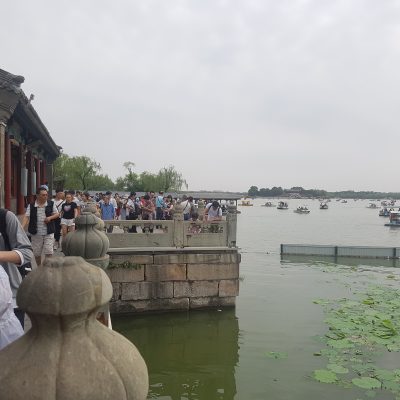
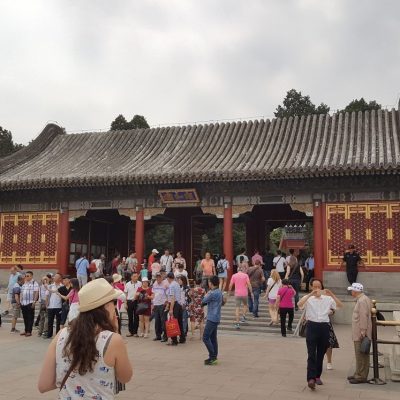





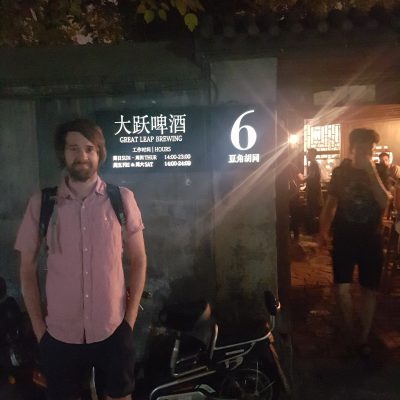


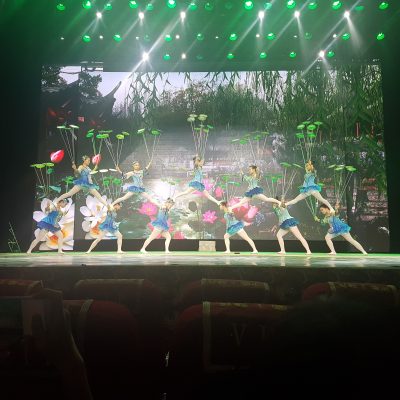




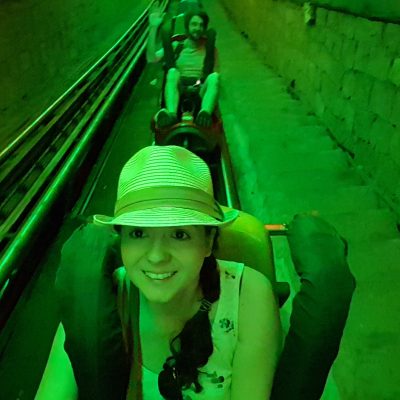










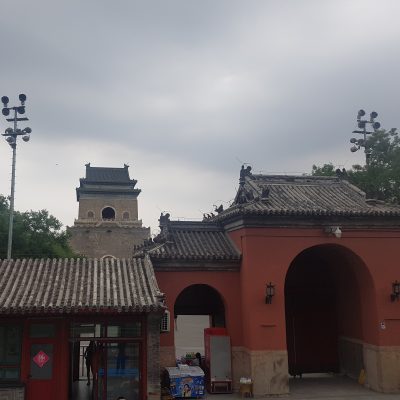


just tooo lovely to read, i will continue the reading tomorrow while on thd train to tianjin.. visiting tust again hahah
Thanks Liz! Missing you all!